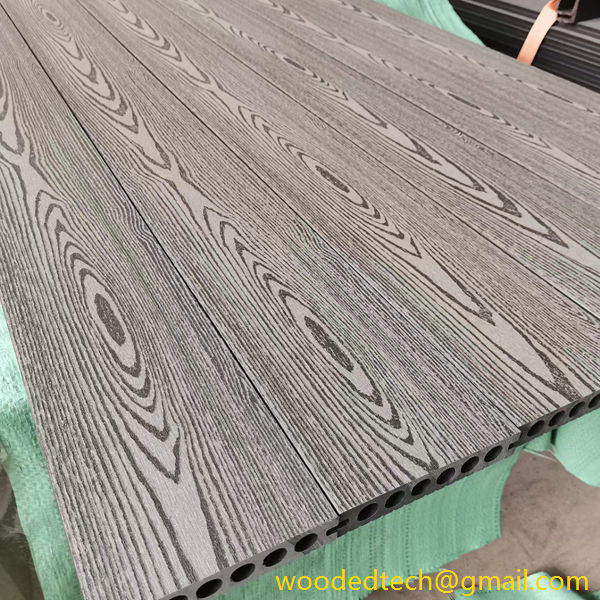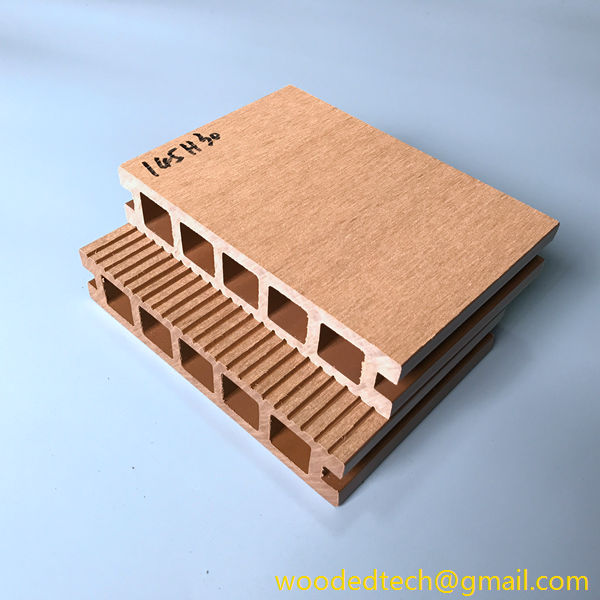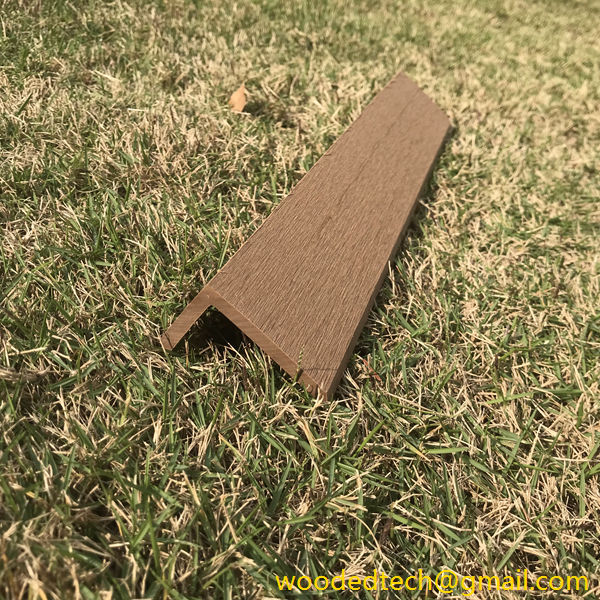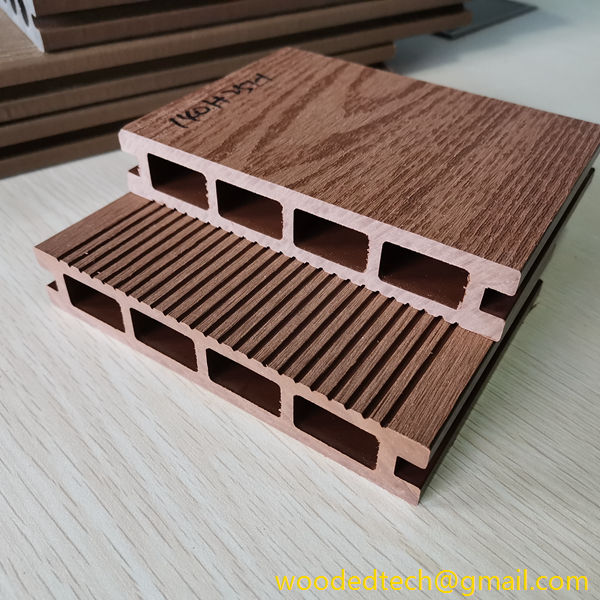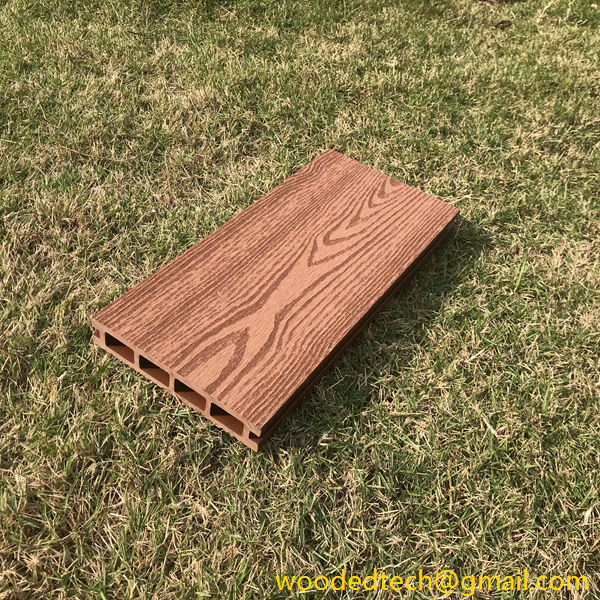In the realm of modern architecture, the choice of materials is crucial not only for aesthetic appeal but also for functionality and sustainability. One material that has gained significant traction in recent years is plastic cladding. This innovative solution offers a range of advantages that can enhance both the installation process and the long-term maintenance of buildings.
To begin with, plastic cladding is exceptionally lightweight compared to traditional materials such as wood or metal. This characteristic simplifies the installation process, as it reduces the structural load on the building framework. During construction, workers can easily handle and transport plastic panels, which can lead to faster installation times. Additionally, the reduced weight of plastic cladding can often eliminate the need for extensive structural reinforcements, further streamlining the building process and potentially lowering construction costs.
 Moreover, plastic cladding is designed to be user-friendly. Many manufacturers provide pre-finished panels that require minimal preparation before installation. This convenience not only saves time but also reduces labor costs. The ease of installation can be attributed to the modular nature of plastic cladding systems, which often feature interlocking designs that allow for straightforward assembly. These systems can be adapted to various architectural styles, making plastic cladding a versatile choice for modern buildings.
Moreover, plastic cladding is designed to be user-friendly. Many manufacturers provide pre-finished panels that require minimal preparation before installation. This convenience not only saves time but also reduces labor costs. The ease of installation can be attributed to the modular nature of plastic cladding systems, which often feature interlocking designs that allow for straightforward assembly. These systems can be adapted to various architectural styles, making plastic cladding a versatile choice for modern buildings.
Another significant advantage of plastic cladding is its durability. Modern plastic materials are engineered to withstand harsh weather conditions, including extreme temperatures, moisture, and UV radiation. Unlike traditional materials that may warp, rot, or corrode over time, plastic cladding maintains its integrity and appearance for many years. This durability translates into reduced maintenance requirements, as building owners do not need to invest in frequent repairs or replacements.
In terms of maintenance, plastic cladding is exceptionally easy to clean and maintain. Unlike wood, which may require regular staining or sealing, plastic cladding typically only needs a simple wash with soap and water to remove dirt and grime. This low-maintenance requirement is particularly beneficial for commercial buildings, where minimizing upkeep can lead to significant cost savings over time. Additionally, the non-porous surface of plastic cladding resists mold, mildew, and pests, further enhancing its appeal for long-term use.
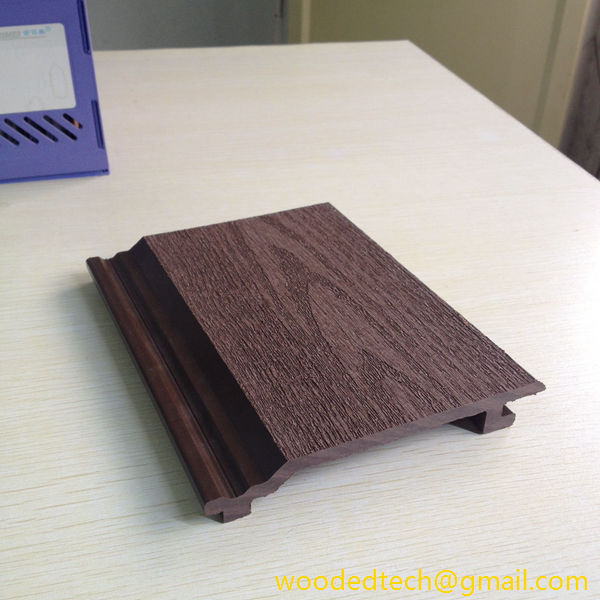
Another aspect worth noting is the energy efficiency that plastic cladding can provide. Many plastic cladding systems are designed with insulation properties that help regulate indoor temperatures. This thermal efficiency can lead to reduced energy consumption for heating and cooling, ultimately contributing to lower utility bills. In a world increasingly focused on sustainability, the energy-efficient nature of plastic cladding aligns well with modern architectural practices that prioritize eco-friendly solutions.
Furthermore, plastic cladding offers a wide range of design possibilities. Available in various colors, textures, and finishes, it can mimic the appearance of more traditional materials while providing the benefits of modern technology. Architects and designers can leverage this versatility to create unique and visually appealing facades that stand out in urban environments. The ability to customize plastic cladding allows for greater creative freedom, enabling the realization of innovative architectural concepts.
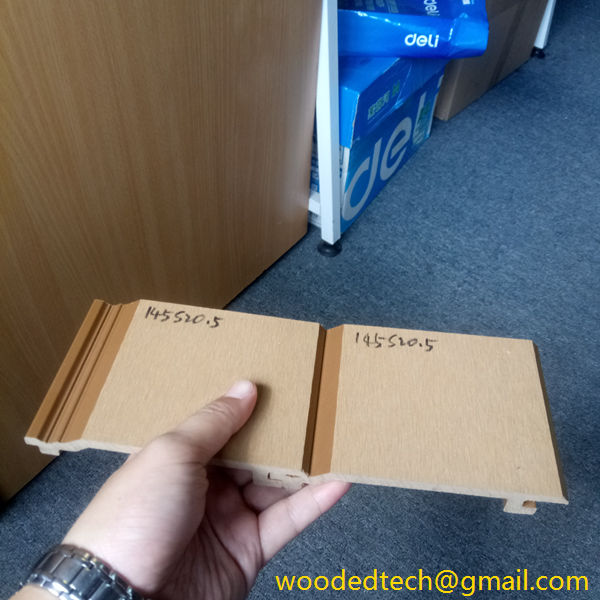
In addition to its aesthetic appeal, plastic cladding plays a significant role in enhancing building performance. Many plastic materials are engineered to be fire-resistant, which is a critical consideration in modern architecture. This added safety feature can provide peace of mind for both builders and occupants, knowing that the cladding material meets stringent fire safety standards. Additionally, some plastic cladding products incorporate advanced technologies that improve acoustics, contributing to a quieter indoor environment.
In conclusion, the benefits of plastic cladding for modern architecture are manifold. From simplified installation processes and reduced maintenance requirements to enhanced durability and energy efficiency, plastic cladding represents a forward-thinking solution for contemporary building designs. Its versatility in design allows architects to explore creative possibilities while maintaining high-performance standards. As the construction industry continues to evolve, embracing innovative materials like plastic cladding will undoubtedly play a pivotal role in shaping the future of architecture. By prioritizing user-friendly installation and long-term maintenance considerations, plastic cladding not only meets the demands of modern design but also aligns with the growing emphasis on sustainability and efficiency in the built environment.


